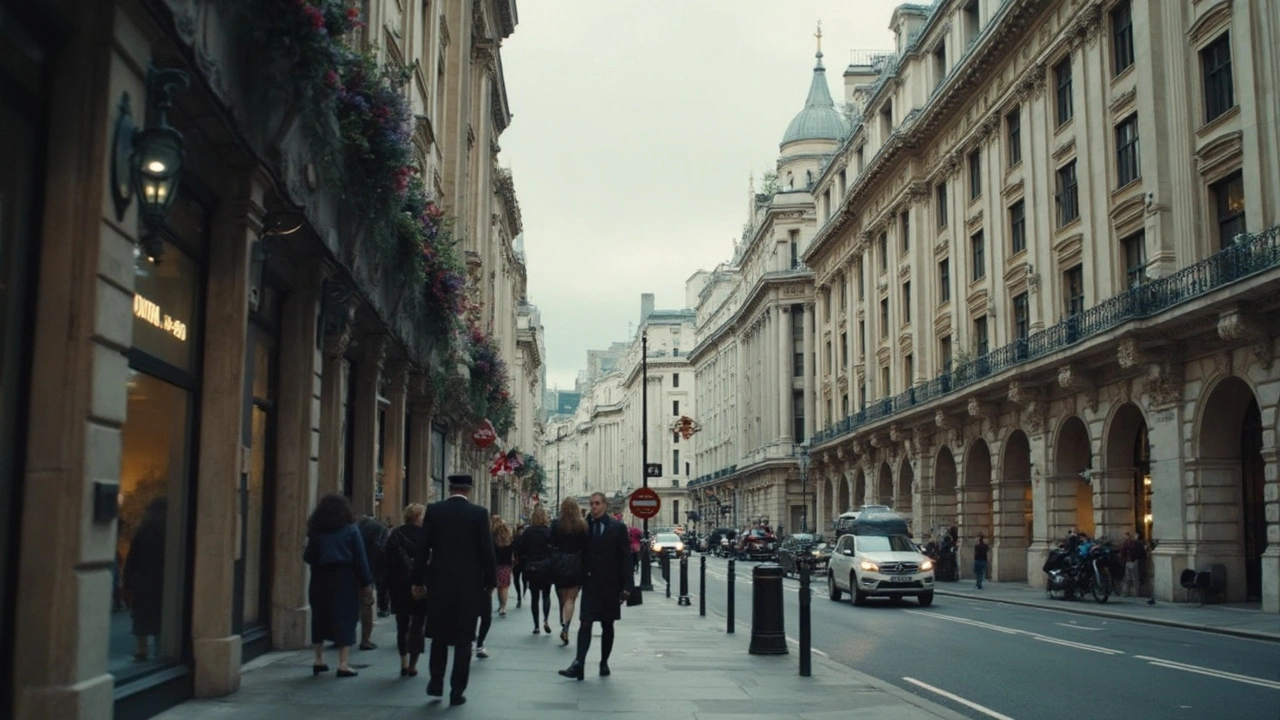Explore why Beaux-Arts architecture refuses to fade away, from its bold style to its surprising modern influences. This article breaks down what makes Beaux-Arts stand out, offers tips to spot it in your city, and reveals how its design ideas are still shaping buildings today. Whether you're a curious city-walker, a design lover, or just want to spruce up your own space, you'll find practical info and cool facts here. Get ready to see your surroundings in a whole new light. No fluff, just what you need to know.
Beaux-Arts Architecture: Grand Classics That Still Shape Cities
Beaux-Arts buildings often hide modern steel frames and updated systems beneath large classical facades. That mix of old design and new technology keeps these buildings useful and admired.
The style was taught at the Ecole des Beaux-Arts in Paris and spread across Europe and North America from the late nineteenth century into the early twentieth century. It borrows classical language such as columns, pediments, and symmetry, but turns those elements into rich decoration, sculptural groups, wide staircases, and dramatic entrances.
Look for clear markers on the street: balanced fronts, raised first floors, arched windows, paired columns, deep cornices, balustrades, and sculptural accents above doors. Interiors often have sweeping stairs, ornate ceilings, murals, and large public halls.
The style matched the ambitions of growing cities. In the United States, architects used Beaux-Arts for train stations, libraries, museums, and government buildings. Think of Grand Central Terminal and the New York Public Library as examples that aimed to inspire civic pride.
Beaux-Arts ideas also shaped planning. Designers of the City Beautiful movement used broad boulevards and formal civic centers to create visual order. The McMillan Plan and other civic designs show that influence.
Want to spot Beaux-Arts quickly? Start at eye level then look up. Notice how the base anchors the building, how the middle repeats windows and pilasters, and how the roofline finishes with a strong cornice or sculptural group. Check the entry: raised stairs or large arches often mark public use.
Using Beaux-Arts Ideas Today
You don't have to copy heavy ornament to borrow the style. Keep strong proportions, symmetry, and the three part sequence of base, middle, and top. Pair a restrained classical exterior with light filled minimalist interiors. Use high quality materials like stone, bronze, and cast iron for key focal points.
Preserving and Adapting Beaux-Arts
Preservation should protect visible features first: cornices, entryways, staircases, murals, and decorative metalwork. Upgrade systems such as HVAC, plumbing, and electrical in ways that are reversible where possible. Add accessibility and modern lighting with care. Many libraries, train halls, and post offices now function as museums, offices, markets, or event spaces while keeping their civic drama.
Want to learn more? Explore the Beaux-Arts tag pages for articles on history, urban influence, restoration, and design advice. You will find practical tips, landmark examples, and step by step ideas for working with classical architecture today.
Quick checklist for spotting Beaux-Arts: symmetry, raised base, arched openings, sculptural detail, and grand stair. If you restore one, document details, test materials, and hire specialists for decorative work.
These buildings teach how architecture can be both beautiful and useful. They show how public spaces can lift daily life and create civic memory. Keep looking for Beaux-Arts on your city walks. Notice scales, details, and how old faces still speak to modern needs. Use what works, fix what fails, and celebrate the craftsmanship you find there.
Start with one building, learn its story, and you will see how Beaux-Arts shapes our cities.

